Category: Pets & Animals
-

Golden Retriever Price in India
Whether you are looking to get a Golden Retriever in Kerala or elsewhere in India, it is best to know the Golden Retriever price before making the purchase. This article will tell you about the price of the dog in various cities. In addition to Kerala, you can also find out about the price in…
-
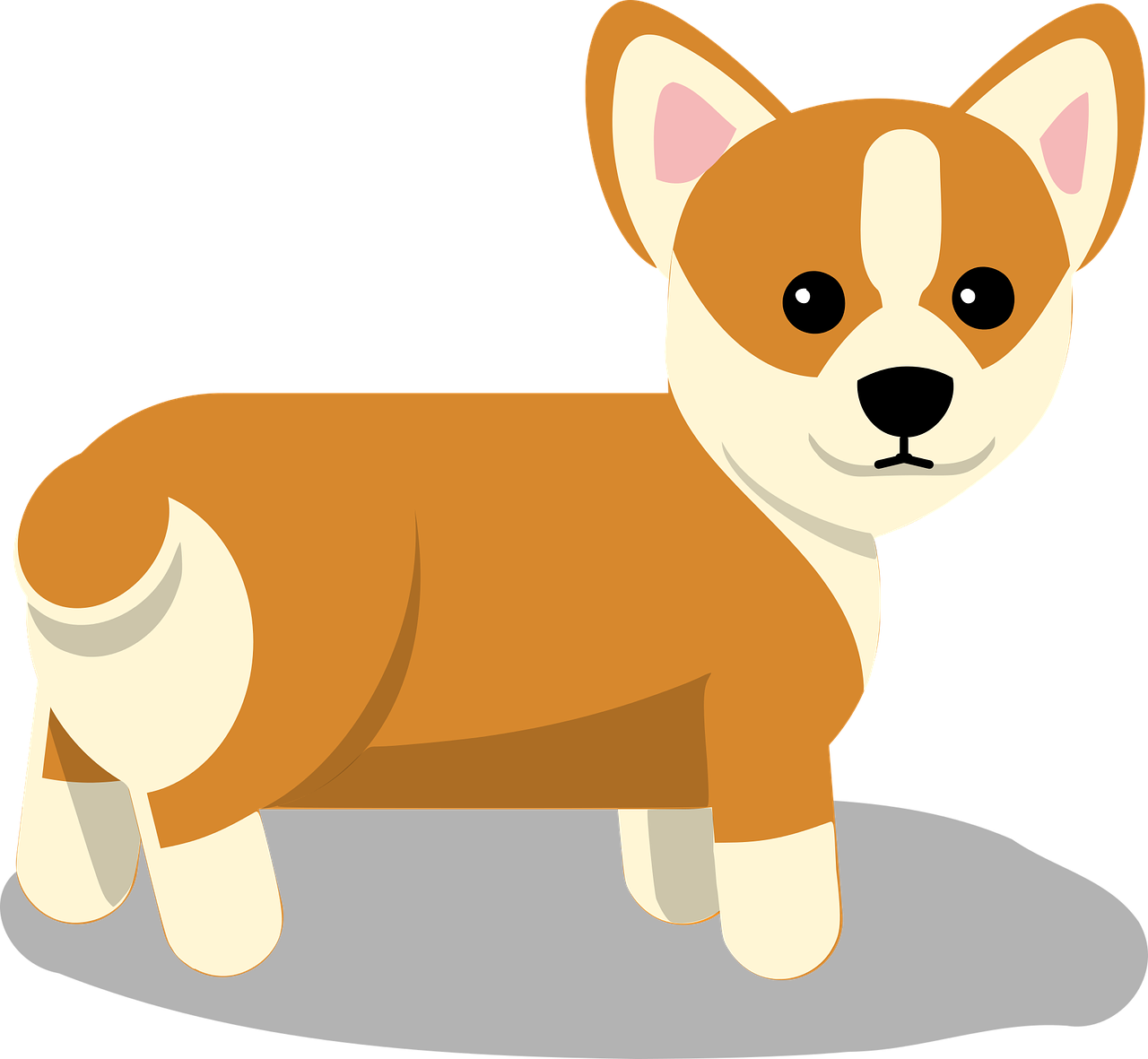
German Shepherd Puppy Price in Kerala
The german shepherd puppy price in kerala is a powerful breed of canines. It is one of the most loyal and sturdy dog breeds, possessing a bony and lean body. Despite their strength, they are not native to India, and the heat and humidity can cause their coats to shed. Hence, it is necessary to…
-
Maine Coon Cat Price in India
The Maine Coon cat price in India depends on a number of factors, including breeder quality, location and city. It’s also essential to know how to take care of the cat to ensure its health and happiness. The breed requires special nutrition and regular exercise. It may also get overweight if not kept properly. Origin…
-
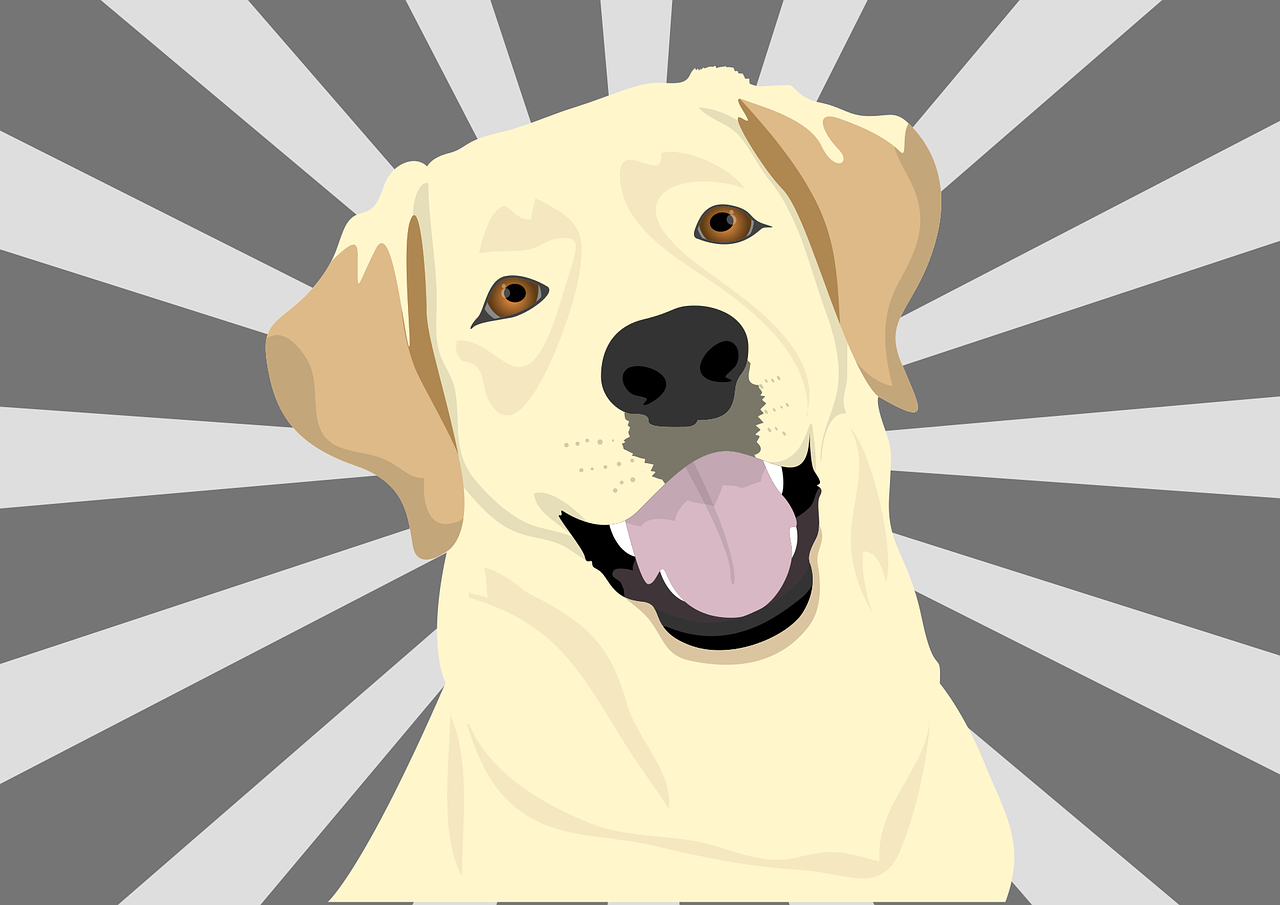
Golden Retriever Price in Kerala
Buying a Golden Retriever is a very expensive affair. The price varies widely depending on the breed and the quality. Depending on the size, a male or female golden retriever can cost between Rs. 3000 and Rs. 5000. However, the price does not reflect the maintenance expenses. The dog needs at least one thousand rupees…
-

What Is a Femur Fracture?
The femur is a long bone in the body of an animal. It forms a joint with the tibia, the lower leg. The distal end of the femur is broader than the rest of the bone. The femur has lateral and medial condyles that articulate with the tibia at the most anterior projection of the…
-
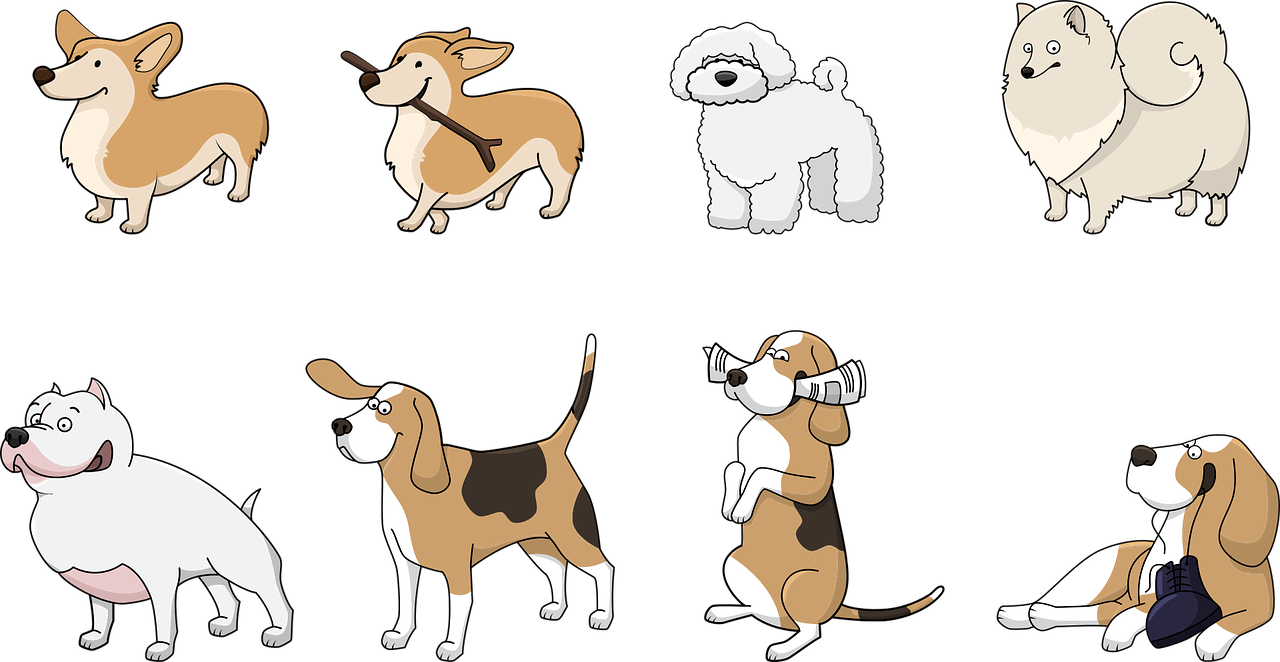
Nationwide Pet Insurance
Nationwide offers one policy type with one low deductible. This deductible may cause some customers to pay more each month than they would if they had a higher deductible. The company also makes it difficult to get information about their policies. You cannot download samples of the policies or coverage details from the company’s website.…
-
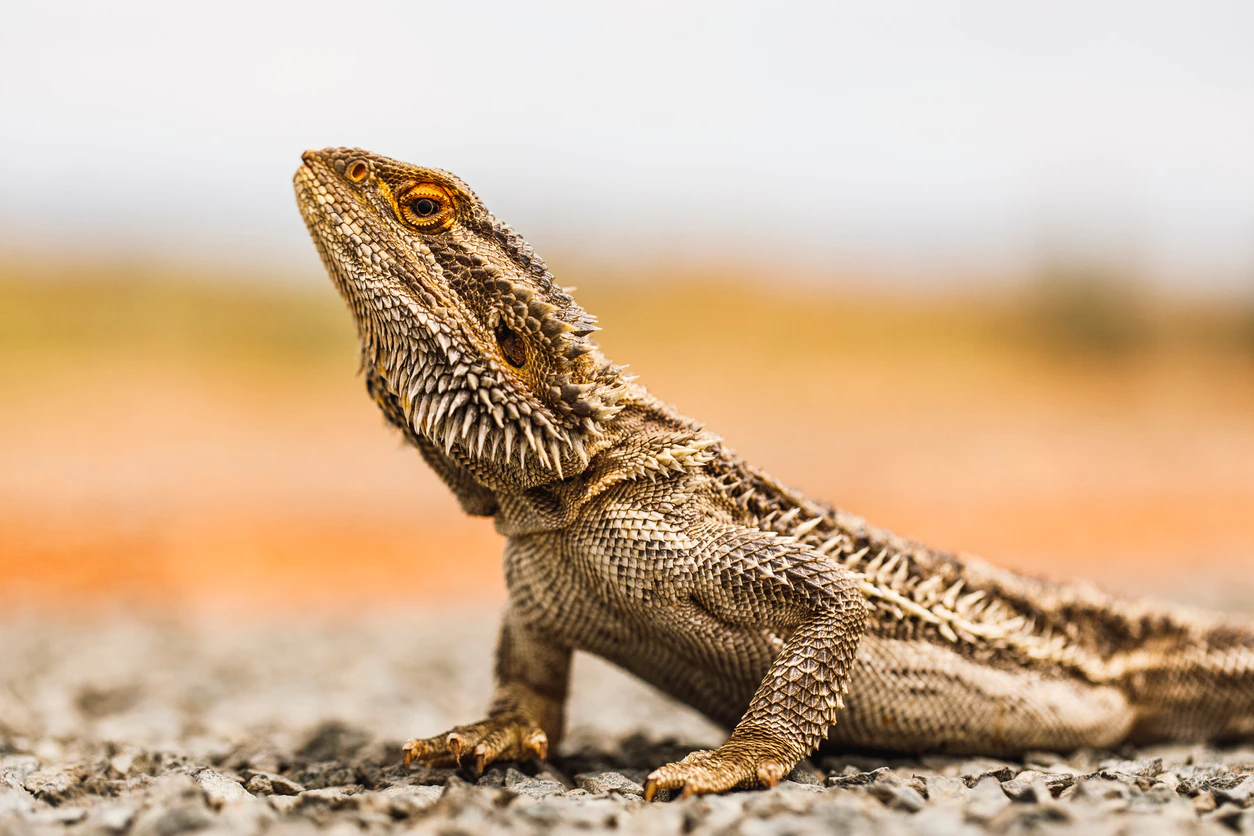
What Should I Put in the Bottom of My Bearded Dragon Enclosure?
Bearded Dragon Enclosure Well-designed reptile enclosures help your bearded dragon remain comfortable and healthy. Aside from planning the enclosure size or material, lighting options, and feeding bowls, you must select a substrate. The right substrate offers your beardie’s habitat a natural look and provides your dragon with the necessary traction to give its claws healthy…
-
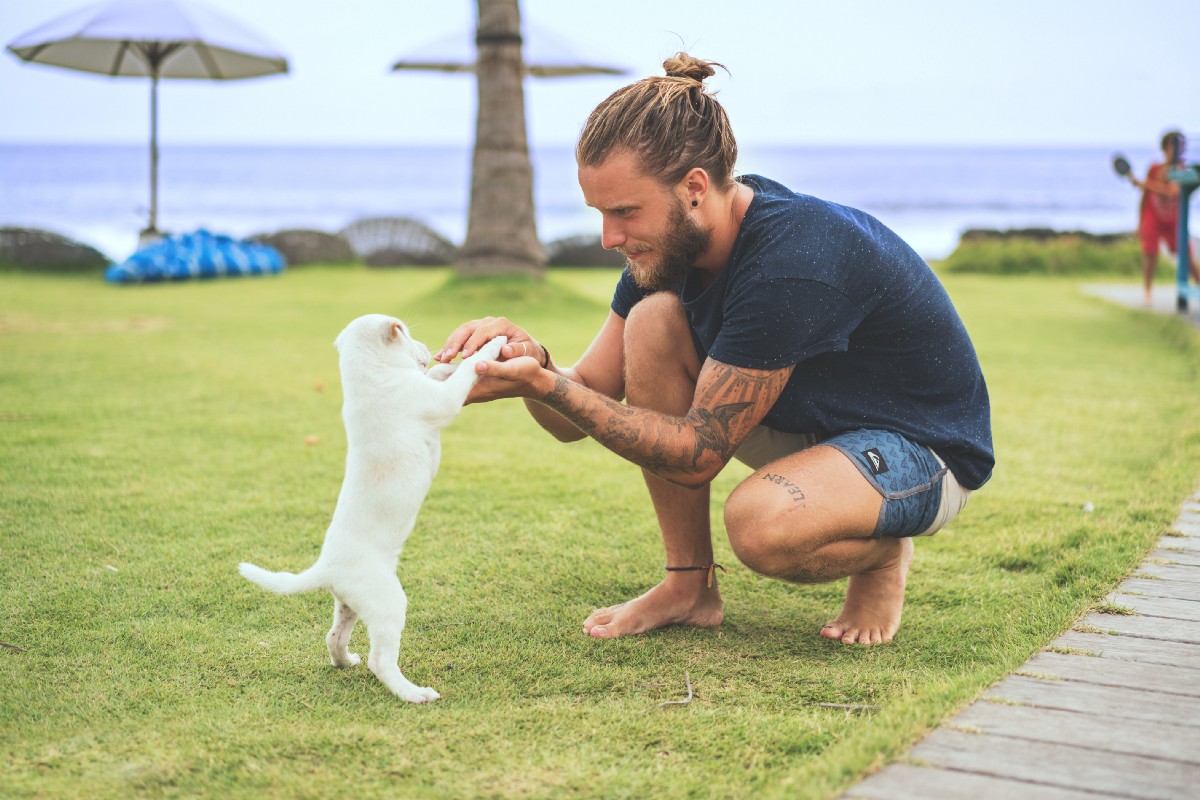
How To Protect Your Furry Companions From Deadly Parasites
What is the description of Advocate? Advocate is an easy-to-use spot-on product that kills parasites, worms, and lice all in one application. It is advised to use advocate for cats and dogs. Which parasites does advocate treat? Advocate for cats and dogs eliminates fleas, pest larvae, ringworm, and roundworms, as well as treating ear mite…
-
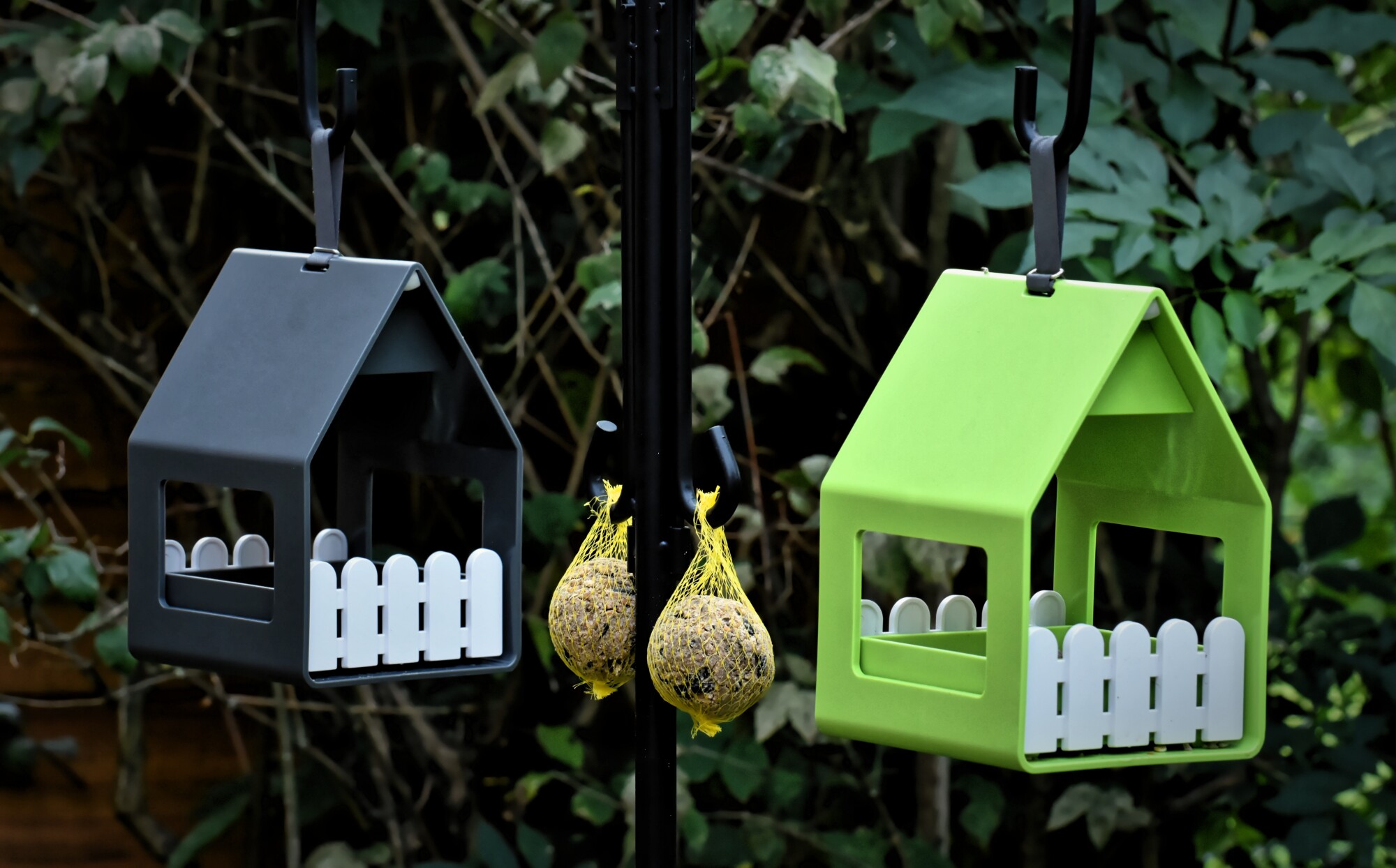
5 Cool Examples Of Bird Feeders For Your Backyard
Birds are a crucial part of the ecosystem, and you can contribute to their health and happiness by feeding them in your own backyard. If you’re thinking of adding some bird feeders to your home, there are many unique options to consider. Check out this list of five cool examples of unique bird feeders to…
-
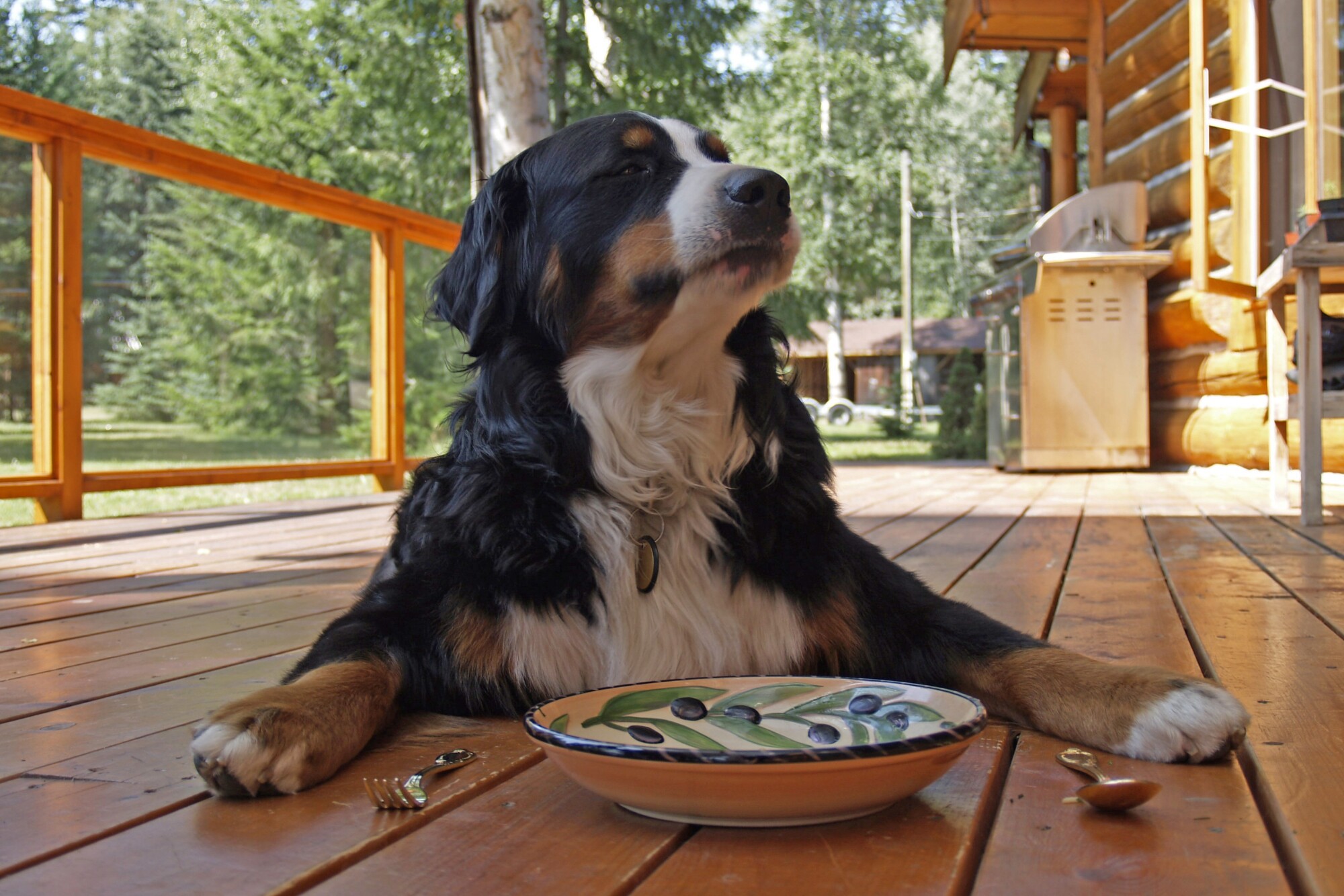
The Brief Guide That Makes Creating A Pet Friendly Home Simple
Did you know that 68% of American families have pets? No doubt there’s nothing you wouldn’t do for your four-legged friend. That includes making changes to your home to ensure their safety and wellbeing. After all, it’s their home too! Whether you’re getting a new pet or moving to a new house, or both, here’s…